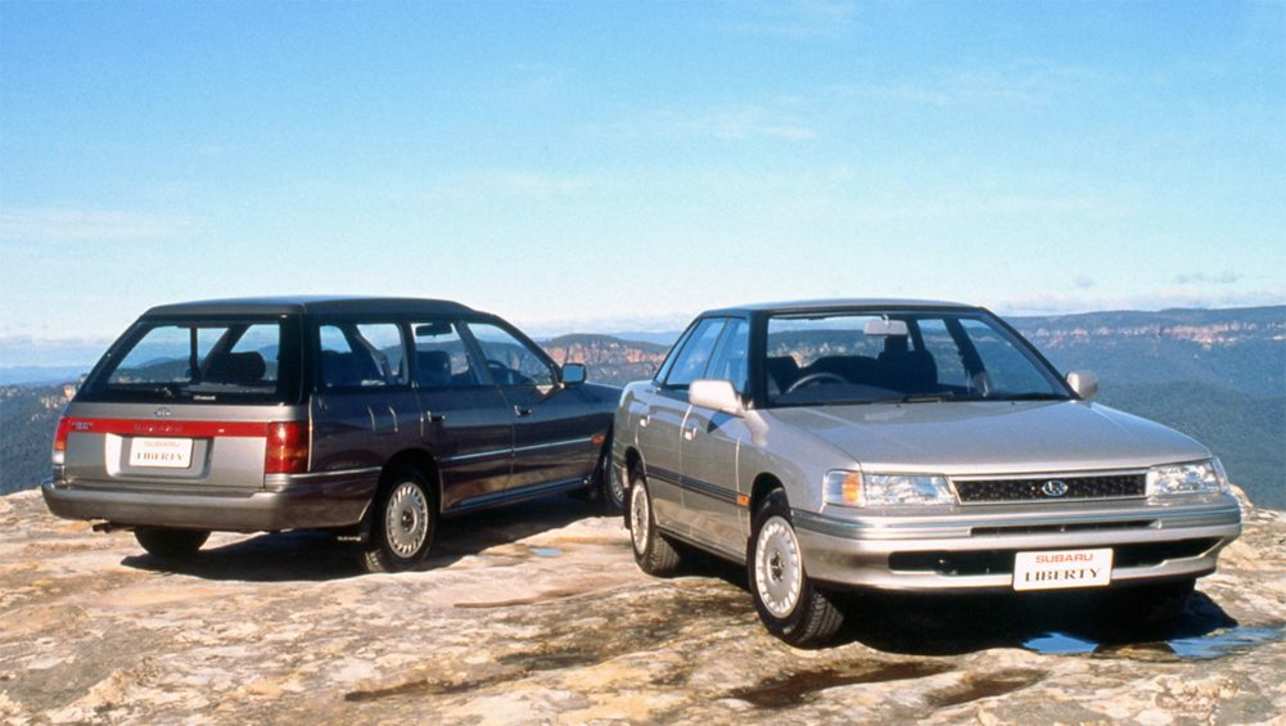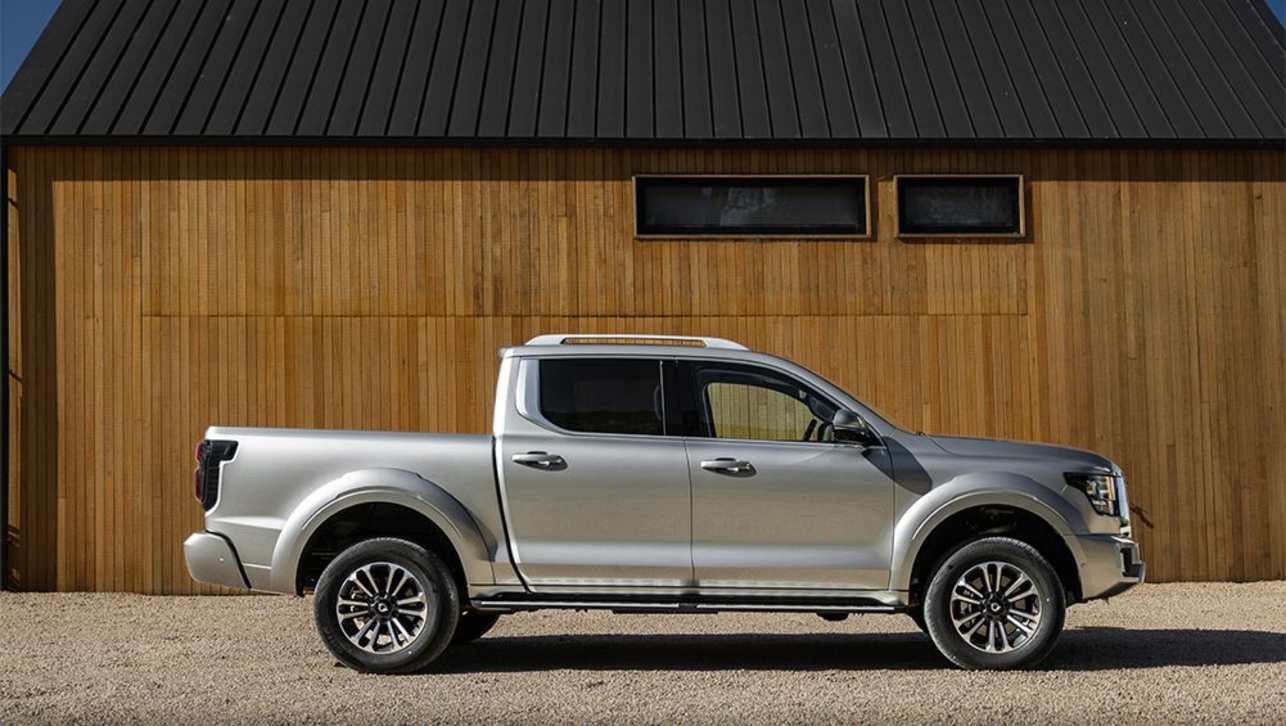Other technological innovations include cruise control that works with satellite navigation to slow vehicles for corners, an automatic transmission that selects a higher gear ratio for quicker starts and injecting certain aromas into the cabin to reduce boredom and stimulate the driver's brain.
Nissan Australia senior corporate communications manager Jeffrey Fisher said the innovations may go into production over the next few years.
"But they are not necessarily for us (Australia). Some may but it's probably down the track," he said. "We will look to see if they are available and cost effective and whether they fit certain models. "Some may be included as a standard feature, so then we would get them, but that's not yet decided."
Nissan's ‘Forest’ airconditioning is the result of the company's studies into the effect of forest air on people. The study found that a combination of fragrant kapur wood, lavendar and essential oils promotes calm and focus in the brain.
It also found that leaf alcohol in most plants has a calming effect that also reduces fatigue. These aromas would be periodically sprayed into the vehicle's cabin using an interchangeable aroma cartridge with a one-year lifespan.
The airconditioning system also detects odours and smells such as smoke to increase or decrease outside airflow, regulates the humidity to keep the windows demisted while avoiding the "over-drying" of conventional systems, filters allergens and pollens, and generates plasmacluster ions in the cabin air to kill germs and minimise odour.
Nissan has also developed two driver-aid systems which synchronise the vehicle's satellite navigation, engine, braking and steering. The Navigation-Cooperative Intelligent Pedal lifts the accelerator when the satnav recognises an approaching corner. The lifting pedal prompts the drivers to take their foot off the accelerator, slowing the vehicle.
It doesn't take control from the driver, but Nissan claims it will reduce the driver's workload.
Nissan's Driver Stability Assist system synchronises brakes, steering and engine response to control the vehicle on winding roads.
It senses an increase in driver input on the steering wheel and brake and accelerator pedals and acts to stabilise the vehicle with optimum distribution of force at each wheel depending on the radius of the corner.
The driver-air systems will be available in the new Japanese Fuga this year which is not destined for Australia, Fisher said.
"The Fuga is just a technology mule for some of their innovations," he said.



.jpg)



.jpg)



.jpg)



.jpg)

.jpg)



_0.jpg)
.jpg)
.jpg)
.jpg)


.jpg)


Comments